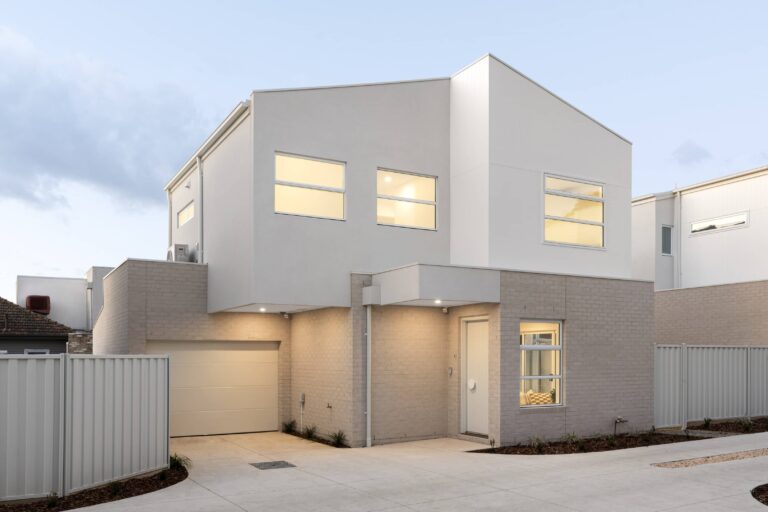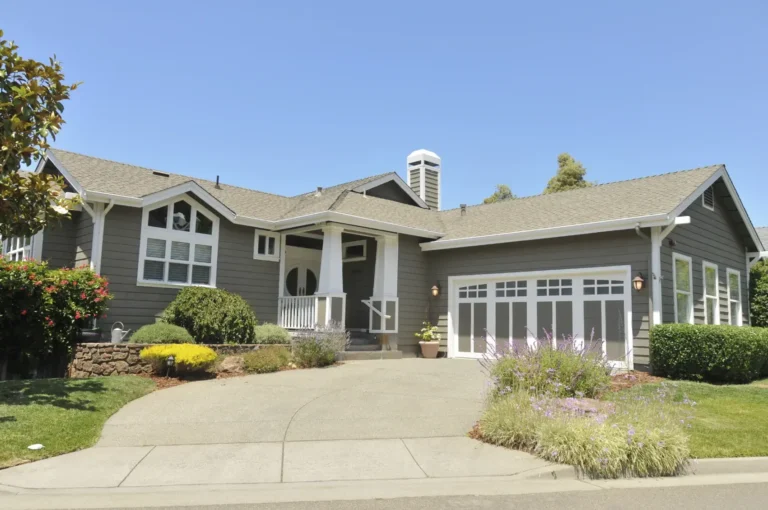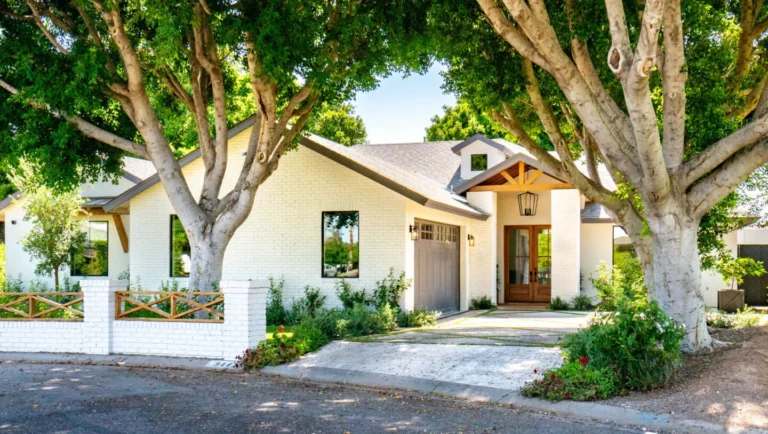Conventional Loan for Investment Property A Complete 2025 Guide for Real-Estate Investors
A conventional loan for an investment property refers to a mortgage that is not government-insured (i.e., not FHA, VA, or USDA) used to purchase a property the borrower intends to rent or hold for income generation rather than occupy. According to financial education sources, these loans “are the most common option for investment properties… issued by private lenders and following guidelines set by Fannie Mae and Freddie Mac.”
Unlike a primary-residence loan, investment-property conventional loans typically carry stricter underwriting: higher down payments, stronger credit requirements, and more reserves. For instance, lenders may require you to keep six months of mortgage payments in reserve.
Why This Loan Type is Important for Investors
Using a conventional loan for a rental property allows you to leverage your capital: you can acquire properties with less cash upfront and use rental income or potential appreciation for returns. This strategy can accelerate portfolio growth and diversify your holdings beyond your primary residence.
Furthermore, because conventional loan products are widely available from many lenders, they offer a standardized path for acquisition. According to one expert article, “A conventional loan can be a smart choice for financing an investment property, offering lower fees and interest rates than non-conforming alternatives.”
Benefits of Using a Conventional Loan for an Investment Property

Leverage Your Capital for Growth
One of the most notable benefits is leveraging: by using a conventional loan, you commit a portion of cash (the down payment) while gaining control of the full asset. That means your return on equity can be higher if the property appreciates or generates strong rental income.
This benefit solves the problem of tying up all your capital in one property-allowing you to purchase multiple investment properties concurrently or use cash reserves for improvements, management, or diversification. It’s a reason many real estate investors favour this type of financing.
Potentially Lower Costs than Alternative Loans
When using a conventional loan instead of more exotic or higher-risk funding (e.g., hard-money, non-QM, or bridge loans), you often benefit from lower closing costs, more favorable interest rates, and familiarity with underwriting standards. One resource indicates that conventional investment property loans typically require a down payment of around 15 % to 25 % and credit scores of around 620–680+ in favorable cases.
This helps reduce the cost of financing and supports stronger return metrics on your property investment.
Access to Tax Benefits and Portfolio Diversification
By acquiring an investment property with a conventional loan, you may also access tax benefits such as depreciation, mortgage interest deduction, and the ability to use rental income to offset expenses. According to Investopedia: “Investing in real estate offers diversification, steady cash flow, tax benefits, and leverage opportunities.” Investopedia
Coupled with investment properties often having a different risk-return profile than stocks or bonds, this strategy helps diversify an overall financial portfolio.
Top 5 Real-World Loan Products / Lender Platforms for Conventional Investment Property Loans
Below are five real-world lenders or loan products you can evaluate if you’re seeking a conventional loan for an investment property. Each product includes unique strengths, along with benefits and use cases.
1. Rocket Mortgage Investment Property Conventional Loan

Rocket Mortgage offers investment-property loan options with down payment requirements starting at about 15 % for a single-unit investment property and mortgage credit score minimums near 620.
Details:
This product is ideal for investors seeking a user-friendly online application and a large national platform. The lender supports conventional conforming loans for investment properties up to four units. Their process is streamlined for applicants who already have investment experience or strong credentials.
Benefit:
For investors who want a well-known lender with an efficient digital workflow, this product minimises friction. The 15 % down payment offers more flexibility than some specialty investment financing.
Use-Case:
An investor purchasing a single-family rental in a strong market, with a strong credit profile, could apply for this loan to secure financing with conventional standards.
2. PennyMac Investment Property Loan – Conventional Bank Loan Focus
PennyMac emphasises conventional bank-type loans for investment properties, requiring strong borrower credentials, solid down payments (15% for single-family, 25% for 2-4 units), and healthy cash reserves.
Details:
This product offers a range of terms (fixed or adjustable) and conventional underwriting. They highlight lower origination fees and in-house servicing, which may reduce costs over time.
Benefit:
For investors with multiple properties already and seeking a stable financing platform, PennyMac offers an investment-loan path that uses conventional criteria yet supports rental properties’ unique characteristics.
Use-Case:
A property manager acquiring a duplex (two-unit rental) for long-term hold could use this loan to finance the purchase with conventional standards while capturing rental income.
3. Chase Investment Property and Rental Property Conventional Loan

Chase Bank offers conventional conforming and jumbo loan options for investment/rental properties, including fixed and adjustable rates and down payments starting around 15–20% (depending on credit, property type).
Details:
As a major national bank, Chase provides broad reach, flexibility in loan amounts, and numerous branch locations. They cater to investors buying properties for rental income in one-unit to four-unit properties.
Benefit:
For investors who prefer a large bank with astrongg brand, extensive branches, and multiple loan options, Chase is suitable. It also offers the ability to bundle other banking relationships.
Use-Case:
An individual investor buying a triplex rental property where one unit may be owner-occupied (or not) could use this conventional loan option from Chase, combining the familiarity of a major bank with investment property standards.
4. Bankrate Investment Property Conventional Loan Rate Comparison Tool
While not a lender product, Bankrate’s tool helps investors compare current conventional investment property loan rates across lenders, showing that rates are typically 1 % to 2 % higher than primary-residence loans.
Details:
Using this tool, investors can monitor and compare investment-property conventional loan rates, view average down payments, credit score requirements, and lender options.
Benefit:
Having access to rate-comparison tools empowers you to negotiate, understand market standards, and avoid overpaying on financing. It solves the problem of unclear market pricing and helps you time your application or lock in favorable terms.
Use-Case:
Before applying, an investor uses the Bankrate tool to evaluate current conventional investment-property loan rates, then selects a lender offering competitive terms and applies.
5. Conventional Loan as Investment Property Financing Option

The Mashvisor article outlines that a conventional mortgage loan is often the “first type of loan that real estate investors have access to” when acquiring rental properties.
Details:
It discusses the pros/cons of conventional loans compared to DSCR, non-QM, or portfolio loans and provides details on down payment thresholds, risks, and benefits.
Benefit:
For new or smaller investors, this guide explains why starting with a conventional loan may be advantageous-it offers standard terms, broader lender availability, ty and a clearer path, solving the problem of navigating exotic loan types when you’re beginning.
Use-Case:
A first-time real-estate investor buying a single-family rental uses the Mashvisor guide to understand that a conventional investment-property loan is viable, and then applies with a lender accordingly.
How to Qualify and Apply for a Conventional Loan for Investment Property
Step 1: Prepare Your Financial Profile
Before you apply, ensure you meet typical conventional investment-property loan criteria:
-
Credit score: Many lenders require 620+; stronger profiles (680+) enable better terms.
-
Down payment: the common minimum is 15% for single-unit investment; 20–25% for multi-unit (2-4 units).
-
Reserves: Many lenders require you to have 6 months or more of housing payments available.
-
Debt-to-income ratio (DTI): lenders will check your existing obligations plus the new loan payments.
Step 2: Select the Property and Estimate Cash Flow
Identify the property you intend to purchase and estimate the rental income, expenses, vacancy risk, maintenance, property taxes, and insurance. Use this to calculate whether the property will generate positive cash flow after financing costs. Conventional lenders may allow you to count up to 75% of anticipated rental income toward qualifying income. mortgageresearch.com
Step 3: Shop Lenders and Compare Terms
Use comparison tools (such as Bankrate) and contact several lenders that offer conventional investment-property loans. Compare interest rates, loan terms, down payment requirements, closing costs, and terms (fixed vs adjustable). Use the rate-comparison tool mentioned above.
Step 4: Submit Application and Documentation
Complete the loan application with your chosen lender. Be prepared to supply documentation: tax returns, W-2s, bank statements, proof of reserves, property purchase agreement, rental schedule, or lease projections. The lender will order an appraisal, property inspection, and underwriting.
Step 5: Close and Optimize Ownership
Once approved, you close the loan, purchase the propertyy and begin managing it. Since it’s an investment property, ensure your ownership, management, and lease operations align with your financial strategy. Use a property management tool and taxplanningg to optimize returns.
Where to Apply / “Buy” the Loan:
-
Apply online via a major lender (e.g., Rocket Mortgage)
-
Visit a bank branch of a national lender (e.g., Chase)
-
Use a specialised investment property loan direct lender (e.g., PennyMac)
-
Compare rates via a tool (e.g., Bankrate)
Button Example:
Apply for Investment Property Conventional Loan with Rocket Mortgage →
Compare Investment-Property Conventional Loan Rates at Bankrate →
Common Use Cases and Problems Solved by Using a Conventional Loan for Investment Property
Acquiring a Rental Property Without Maxing Out Capital
Problem: You identify a promising rental market but lack cash to purchase outright.
Solution: By using a conventional investment property loan, you can contribute a modest down payment (e.g., 15–20%) and secure financing for the rest. This prevents over-leveraging or draining all your reserves.
Improving Return on Equity
Problem: You want to increase your returns but don’t want to tie all your funds into property.
Solution: With the conventional loan, your equity contribution is lower, so your return on that equity can be higher if the property appreciates or generates rental income. You maintain cash for other investments.
Standardising Ownership Versus Leasing
Problem: You’re currently leasing commercial or residential investment properties and want to shift to ownership for tax, control, or equity reasons.
Solution: A conventional loan allows you to become an owner rather than a lessee, giving you asset control, depreciation benefits, and long-term capital appreciation potential—solving the issue of lacking asset ownership.
Building a Real Estate Portfolio with Predictability
Problem: You want to scale your portfolio but want predictable, standardised loan criteria and processes.
Solution: Conventional loans follow widely understood guidelines (Fannie Mae/Freddie Mac), so you can replicate acquisitions across multiple properties with similar criteria-this reduces surprises and underwriting variability.
Lower Risk Financing Compared to Exotic Products
Problem: You’re cautious about high-interest or short-term financing (hard money, private money) that is expensive and risky.
Solution: By choosing a conventional investment property loan, you access long-term amortising financing with lower interest, avoiding the high cost or limit of alternative loans-and thus reduce financing risk.
Frequently Asked Questions
Q1: What down payment will I need for a conventional loan on an investment property?
Typical down payments range from 15% for a single-unit rental property to 25% or more for 2-4 unit buildings. Some lenders may require 20% or more ,depending on credit score and property risk.
Q2: Are the interest rates higher on conventional loans for investment properties versus owner-occupied homes?
Yes. Because investment properties are considered higher risk, lenders typically charge higher interest rates-often 0.5% to 1% or more above owner-occupied mortgage rates.
Q3: Can I use the expected rental income to help qualify for a conventional investment property loan?
Yes. Many lenders allow you to count up to 75% of expected rental income toward qualifying debt ratios-if you can support the assumption with a lease or rental schedule.





